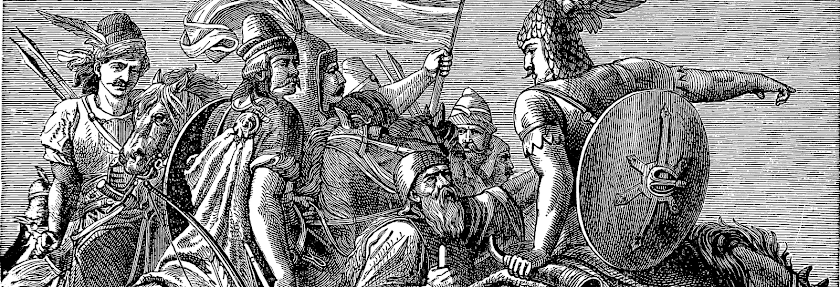One model for this operating within ACKS' existing terminology would be to 'downgrade' the civilization level of certain terrain types. A forest within the 50-mile Ring of Civilization around a town might only be Borderlands instead of Civilized. The raw/actual population density of the hex is still Civilized, but the amount of resources that can be extracted from it (and the amount of garrison that must be deployed to extract those resources) is on par with a Borderlands hex, because its occupants retain a good deal of autonomy and do their best to evade taxes. "Agricultural investments" reduce the autonomy of this population and bring larger numbers of them under the state's eye, by clearing the forests in which they hide.
As a first-cut rule: forests, marshes, and hills reduce the effective degree of civilization in their hex by one; mountains and jungle reduce it by two (so even if they are adjacent to a town, they remain wilderness). Hexes in the inner ring (which would be Civilized) use the Inhabited random encounter table, as their occupants are mostly human; hexes in the outer ring (which would be Borderlands) have a 50% chance to use the Inhabited table, and a 50% chance to use their typical terrain-based table.
You could even take it a step further and generalize to a sort of "wilderness level" for each hex, like the "dungeon level" number assigned to each section of a megadungeon. Settled plains are wilderness level 0 - not wilderness. Going further from town increases the wilderness level; at 50 miles out, +1, and at 75 miles out, +2. Forest, hill, tundra, and desert hexes add +1 wilderness level, and jungles, swamps, mountains, glaciers, etc add +2 wilderness level. Wilderness level determines the number of lairs in a hex, the frequency of encounter rolls, and the target number for encounter rolls.
| Wilderness Level | Name | Lairs per hex | Encounter roll every: | Encounter throw |
| 0 | Civilized | 0 | Month | ‘6+ |
| 1 | Borderlands | 1d3-1 | Week | ‘6+ |
| 2 | Wilderness | 1d4 | Day | ‘5+ |
| 3 | Deep Wilderness | 2d4 | 12 hours | ‘5+ |
| 4 | Unexplored | 2d8 | 4 hours | ‘4+ |
You could do more with this metric, of course - base number of families per hex, garrison costs, modifiers to rolls on the random encounter table (so that results of Men are less common in Unexplored, and results of Dragon are less common in Civilized), and maybe a clearer difficulty progression in terms of monster strength (like we have with Dungeon Levels).
(I suppose this would also be a fine time to increase the frequency of Civilized encounter rolls to once a week, because meeting merchants and knights and mid-level dudes you can hire as henchmen when you're out traveling in civilized lands is actually kind of fun)
One complication with this system is elven and dwarven domains, where you're never going to get much in the way of Widerness Level 0 hexes. This could be because they're dying races in the Age of Man. Or, one could modify dwarven and elven towns to use different terrain modifiers (so hills within 50 miles of a dwarven town are WL0). But in the style of Dwarf Fortress, I think I prefer "if you step outside the front door of the vault, you might be trampled by a wild elephant".

This is all prep work, right? It seems pretty in-depth, like it would take some time to do. Then at the table you need all sorts of extra papers to fulfill the promise of the effort. And it seems like something most players would miss or gloss over anyway.
ReplyDeleteNone of this is fatal criticism. I love the thought and work that goes into this sort of thing. But it may be too much work for too little payoff. Have you tried it in actual play?
Also: I'm totally not a robot
It absolutely is prep work, would be time-consuming, and hasn't been tested in play. However, it is also simpler in some ways than ACKS' default wilderness-stocking system. Whether it's simpler enough, I'm not sure.
ReplyDelete